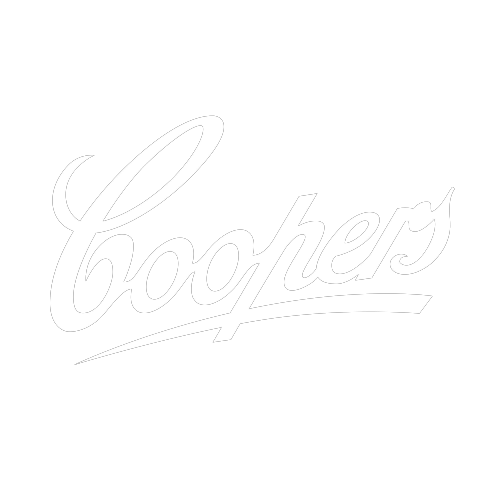The Churchie Emerging Art Prize 2021
09 October–18 December 202109 Oct–18 Dec 2021
#thechurchie
The Churchie is one of Australia’s leading prizes for emerging artists. Presented at the IMA since 2019, the finalists’ exhibition provides a survey of the compelling and diverse work being produced by emerging artists today. While this year’s artists are diverse in their conceptual and material concerns, common threads include diasporic experience, First Nations sovereignty, and the political and social conditions of contemporary life.
The winner of the 2021 Major Prize is Nina Sanadze, who was selected by guest judge Rhana Devenport, Director of the Art Gallery of South Australia. Sanadze was awarded a $15,000 non-acquisitive cash prize provided by long-standing sponsor BSPN Architecture. Kyra Mancktelow was awarded the Special Commendation Prize of $5,000, sponsored by Fardoulys Constructions, and Riana Head-Toussaint and Visaya Hoffie were each awarded $1,000 Commendation Prizes sponsored by Madison Cleaning Services. A People’s Choice Award of $3,000, also sponsored by Madison Cleaning Services, was awarded to Visaya Hoffie.
-
Artists
Curated By
- Grace Herbert
Artist BiosAkil Ahamat
Akil Ahamat’s work considers the physical and social isolation of online experience and its effects in configuring contemporary subjectivity. Ahamat uses the vocal techniques used in ASMR online roleplay videos. These videos have a calming sensuousness that creates an intimacy between audience and performer across the physical dislocation of the internet. Despite their often-banal subject matter, the ‘tingly’ relaxing sound components create an attentive relation between audience and performer. This displaced virtual intimacy becomes a platform for the artist to discuss the formation of his own subjectivity, refracted through film, literature, and fashion. Ahamat produced online works for Bleed: Biennial Live Event in the Everyday Digital, Arts House and Campbelltown Arts Centre (2020), and for Collective Trace, PACT, Erskineville (2020). He has also exhibited at Monash University Museum of Art, Parramatta Artists’ Studios, Verge Gallery, and UTS. He won the 2018 John Fries Award.
Tiyan Baker
Tiyan Baker is an early-career Malaysian Bidayuh–settler Australian artist who makes video and installation art. She engages with sites of contemporary cultural crises. Her work uses field research, documentary techniques, and found artefacts to question established discourses and reveal bias, frailty, and failure. Recently, she has explored her Bidayuh heritage, piecing together Bidayuˇh language, story, and knowledge to create new, hybridised cosmologies. Originally from the Larrakia lands known as Darwin, she currently lives and works on the Gadigal and Wangal lands known as Sydney.
Tiyan Baker is an early-career Malaysian Bidayuh–settler Australian artist who makes video and installation art. She engages with sites of contemporary cultural crises. Her work uses field research, documentary techniques, and found artefacts to question established discourses and reveal bias, frailty, and failure. Recently, she has explored her Bidayuh heritage, piecing together Bidayuˇh language, story, and knowledge to create new, hybridised cosmologies. Originally from the Larrakia lands known as Darwin, she currently lives and works on the Gadigal and Wangal lands known as Sydney.
Tiyan Baker
Christopher Bassi
Christopher Bassi is an artist of Meriam, Yupungathi, and British descent. His work addresses cultural identity, alternative genealogies, counter narratives, and speculative worlding using the traditional language of representational painting. Approaching painting as storytelling, with narrative intent akin to literature or poetry, his work sets the stage for history and heritage to become the foundation of a personal cosmology that explores concepts of place, belonging, and the entangling of racial and cultural identities, while researching the image as socially coded and embedded within historical legacies of western art history.
Leon Russell (Cameron) Black
In 2017, Leon Russell (Cameron) Black started to paint at the Munupi Art Centre. He follows a strong lineage of artists from the Tiwi Islands. In 2018 and 2019, he exhibited with his art-centre peers and he had his first solo exhibition during the 2019 Adelaide Tarnanthi Festival. He was a finalist in the 2021 Telstra National Aboriginal and Torres Strait Islander Art Awards.
In 2017, Leon Russell (Cameron) Black started to paint at the Munupi Art Centre. He follows a strong lineage of artists from the Tiwi Islands. In 2018 and 2019, he exhibited with his art-centre peers and he had his first solo exhibition during the 2019 Adelaide Tarnanthi Festival. He was a finalist in the 2021 Telstra National Aboriginal and Torres Strait Islander Art Awards.
Leon Russell (Cameron) Black
Ohni Blu
Ohni Blu was born in Central West Queensland on the traditional lands of Koa People and resides on the traditional lands of the Gadigal People of the Eora Nation. Their work negotiates personal narratives across LGBTIQ+ identity, chronic health, and disability, and explores themes of community care, radical healing, and vulnerability. Blu holds a Bachelor of Visual Arts (Hons) from Sydney College of the Arts and is currently undertaking a Master of Social Work at Western Sydney University. Recent exhibitions include PICA, Casula Powerhouse, C3 Contemporary, Powerhouse Museum, and Verge Gallery.
Riana Head-Toussaint
Riana Head–Toussaint uses a manual wheelchair. Her work is informed by her experiences as a disabled woman of Afro-Caribbean descent, and her training as a legal practitioner. She employs choreography, performance, video, sound design, immersive installation, and audience activation to interrogate entrenched systems and ways of thinking and to advocate for social change. Her work crosses traditional artform boundaries, and exists online and offline.
Riana Head–Toussaint uses a manual wheelchair. Her work is informed by her experiences as a disabled woman of Afro-Caribbean descent, and her training as a legal practitioner. She employs choreography, performance, video, sound design, immersive installation, and audience activation to interrogate entrenched systems and ways of thinking and to advocate for social change. Her work crosses traditional artform boundaries, and exists online and offline.
Riana Head-Toussaint
Visaya Hoffie
Visaya Hoffie’s practice spans painting, sculpture, printmaking, ceramics, design, animation, leatherwork, haberdashery, and a range of craft media. She often brings these together in immersive installations. Her love of a broad range of historical and cultural influences informs her slightly wry, amusing, and often revealing responses to contemporary culture. Her most recent solo exhibition, Hot’n’Heinous with Innerspace Contemporary Art, included site-specific installations for BAD Festival 2021.
Kait James
Kait James is based in Melbourne. She obtained a Bachelor of Media Arts/Photography from RMIT University in 2001, but only returned to making art in 2018 through her love of textiles and colour. By reappropriating colonial images using crafting techniques, she encourages responsiveness, unity, and optimism within and beyond Indigenous communities.
Kait James is based in Melbourne. She obtained a Bachelor of Media Arts/Photography from RMIT University in 2001, but only returned to making art in 2018 through her love of textiles and colour. By reappropriating colonial images using crafting techniques, she encourages responsiveness, unity, and optimism within and beyond Indigenous communities.
Kait James
Alexa Malizon
Born in Australia to Filipino immigrants, Canberra-based artist Alexa Malizon explores the lived experience of existing within a diaspora. She explores this through a range of photographic media, reconnecting with her cultural roots and engaging with themes of identity, miscommunication, cultural shame, and the representation of the sexualised ethnographic body. She completed a Bachelor of Visual Arts (Honours) at the ANU School of Art and Design in 2020. She was the recipient of the ANU School of Art and Design Emerging Artist Support Scheme’s Tuggeranong Arts Centre Exhibition Award, culminating in her first institutional solo show in 2021. She also exhibited in Hatched: National Graduate Exhibition at Perth Institute of Contemporary Arts in 2021.
Kyra Mancktelow
Kyra Mancktelow investigates legacies of colonialism, exploring Indigenous histories. She is a Quandamooka artist with links to the Mardigan people of Cunnamulla and is a recent graduate of the Contemporary Australian Indigenous Art program at Queensland College of Art. Through sculpture, ceramics, and printmaking, she shares her rich heritage, stories, and traditions, to educate audiences and strengthen her connection to Country. Her printmaking practice explores intergenerational trauma as a result of forced integration on colonial missions, while her sculptural work focuses on local materials, including clay, emu feathers, and Talwalpin (cotton tree).
Kyra Mancktelow investigates legacies of colonialism, exploring Indigenous histories. She is a Quandamooka artist with links to the Mardigan people of Cunnamulla and is a recent graduate of the Contemporary Australian Indigenous Art program at Queensland College of Art. Through sculpture, ceramics, and printmaking, she shares her rich heritage, stories, and traditions, to educate audiences and strengthen her connection to Country. Her printmaking practice explores intergenerational trauma as a result of forced integration on colonial missions, while her sculptural work focuses on local materials, including clay, emu feathers, and Talwalpin (cotton tree).
Kyra Mancktelow
Ivy Minniecon
Ivy Minniecon is a descendant of the Kuku Yalanji, Kabi Kabi, Gureng Gureng, and South Sea Islander Nations. She works in printmaking and sculpture, photography and video. She has been a practicing artist for the past decade and recently commenced a Bachelor of Contemporary Australian Indigenous Art at Queensland College of Arts, Griffith University.
Nina Sanadze
Nina Sanadze is a Melbourne artist with a Bachelor of Fine Arts (Honours) from Victorian College of the Arts. She was born in Georgia in 1976, and emigrated to Australia in 1996. Presenting appropriated original artefacts, replicas, and documentary films as evidence, she reexamines grand political narratives. She has exhibited at Diane Singer Gallery, Bus Projects, Melbourne’s Living Museum of the West, Second Space Projects, and with the City of Port Phillip. She won the 2018 Incinerator Art Award/Art for Social Change; the 2019 Bus Projects Award, and the 2020 Victorian College of the Arts Graduate Show Fiona Myer Award.
Nina Sanadze is a Melbourne artist with a Bachelor of Fine Arts (Honours) from Victorian College of the Arts. She was born in Georgia in 1976, and emigrated to Australia in 1996. Presenting appropriated original artefacts, replicas, and documentary films as evidence, she reexamines grand political narratives. She has exhibited at Diane Singer Gallery, Bus Projects, Melbourne’s Living Museum of the West, Second Space Projects, and with the City of Port Phillip. She won the 2018 Incinerator Art Award/Art for Social Change; the 2019 Bus Projects Award, and the 2020 Victorian College of the Arts Graduate Show Fiona Myer Award.
Nina Sanadze
Jayanto Tan
Jayanto Tan was born and raised in a small town in North Sumatra, Indonesia. As a Chinese-Sumatran living in Sydney, he blends Eastern and Western mythologies with the reality of current events. He has shown at Verge Gallery, Firstdraft, 4A Centre for Contemporary Asia Art, the Australia-China Institute, the 66th Blake Prize, Incinerator Art Award, and the Fisher’s Ghost Art Award. He won the 11th Small Sculpture Greenway Art Prize. He holds a Bachelor of Fine Arts and Master of Fine Arts from National Art School, Sydney.
Joanne Napangardi Wheeler
Joanne Napangardi Wheeler was born in 1969 in Ntaria (Hermannsburg) and is the great-granddaughter of renowned watercolourist Albert Namatjira. Wheeler is a Western Aranda-speaking woman, who identifies with the West MacDonnell Range country of her mother’s family, and Kaltukatjara, her father’s country. She also retains strong links to Anmatyerr and Luritja Country through her extended family, regularly travelling to fulfil cultural and family obligations. Her work focuses on her country of Ntaria, Palm Valley, Hermannsburg Community, Hermannsburg Mountain, and the Finke River. She combines Tjukurrpa and personal history narratives, contemporary figurative and traditional mark making, and stories from the past and present.
Joanne Napangardi Wheeler was born in 1969 in Ntaria (Hermannsburg) and is the great-granddaughter of renowned watercolourist Albert Namatjira. Wheeler is a Western Aranda-speaking woman, who identifies with the West MacDonnell Range country of her mother’s family, and Kaltukatjara, her father’s country. She also retains strong links to Anmatyerr and Luritja Country through her extended family, regularly travelling to fulfil cultural and family obligations. Her work focuses on her country of Ntaria, Palm Valley, Hermannsburg Community, Hermannsburg Mountain, and the Finke River. She combines Tjukurrpa and personal history narratives, contemporary figurative and traditional mark making, and stories from the past and present.
Joanne Napangardi Wheeler
Curator BioGrace Herbert was born on Muwinina land in Nipaluna/Hobart and lives in Naarm/Melbourne. She is an artist, curator, and writer, whose practice examines architecture, monumentality, and methods of material and self production with a political and feminist approach. She is co-founder of Hobart’s artist-run initiative Visual Bulk and founder and co-curator of Hobiennale festival.
Related EventsRelated Resources-
the churchie emerging art prize 2021
Catalogue
-
the churchie emerging art prize
Education Kit
-
Jayanto Tan ('the churchie' 2021 Finalist)
Classroom Activity
-
Tiyan Baker ('the churchie' 2021 finalist)
Classroom Activity
-
the churchie emerging art prize 2021
Virtual Exhibition
-
Emerging Artists and Diasporic Spaces
Panel Discussion
-
Tiyan Baker
'the churchie' Finalist
-
the churchie emerging art prize 2021
Video Walkthrough
-
'the churchie' 2021 Winners
Audio Description
-
Alexa Malizon
'the churchie' 2021 Finalist










